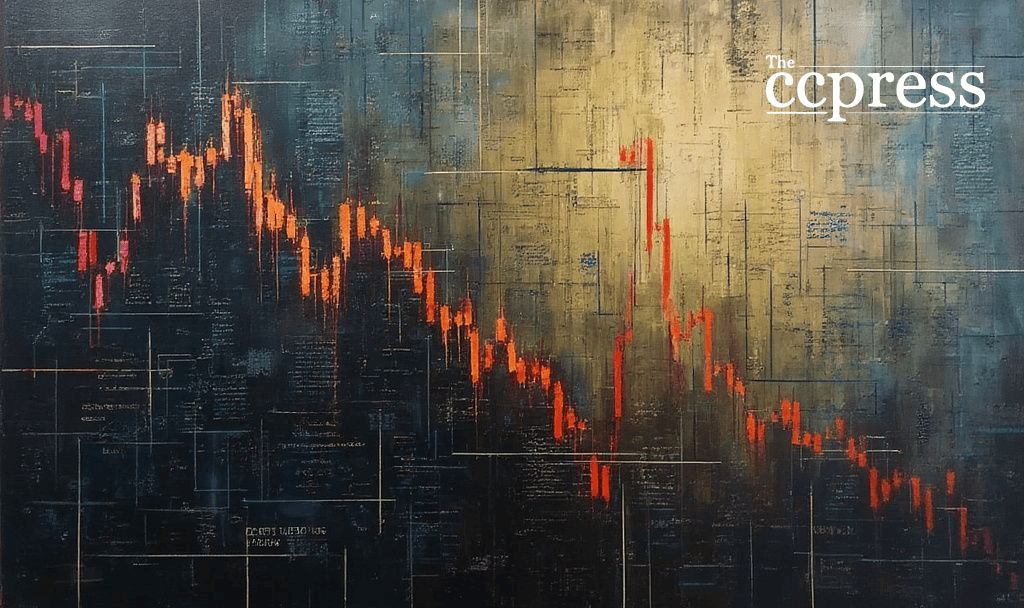- Coinbase stock drops 31%, worst quarter since FTX collapse.
- Market dynamics and Bitcoin’s slump influence performance.
- CEO absent from public comments amid financial decline.

Coinbase Global Inc. (COIN) experienced a 31% decline in its stock during the current quarter, paralleling a challenging period for the cryptocurrency market.
Cryptocurrency market volatility continues impacting major exchanges, as seen in Coinbase’s stock decline. The connection to Bitcoin’s performance is significant amidst ongoing regulatory evaluations.
Coinbase’s stock plummeted by 31% amid ongoing crypto market turbulence, highlighted by Bitcoin’s continued losses. The stock’s decline, the worst since late 2022, aligns with broader market issues. Cryptocurrency giants like Bitcoin and Ethereum have also experienced downturns, causing ripple effects across the sector.
In this downturn, other crypto-related companies mirror similar challenges. MARA Holdings, Riot Platforms, and Core Scientific have seen significant stock drops, underscoring a sector-wide decline. Coinbase’s struggles reflect broader concerns affecting the cryptocurrency industry, with key players such as Brian Armstrong, CEO of Coinbase, having made no public comments regarding the current stock performance, but Coinbase’s official channels remain active in addressing user and security concerns.
“The current market conditions are primarily driven by macroeconomic issues rather than fundamental factors in the cryptocurrency industry.” — Owen Lau, Analyst, Oppenheimer
The cryptocurrency industry has seen multiple macroeconomic issues influencing market performance. This economic turbulence is exerting pressure, impacting prices and investor sentiment. The ongoing downturn poses challenges not only to the markets but also to the narratives shaping cryptocurrency’s future role in financial systems.
Regulatory integrations continue to progress, yet these developments have not offset the current market conditions. Insights suggest likely protracted recovery, with potential impacts on both institutional and retail sectors extending into the foreseeable future.
